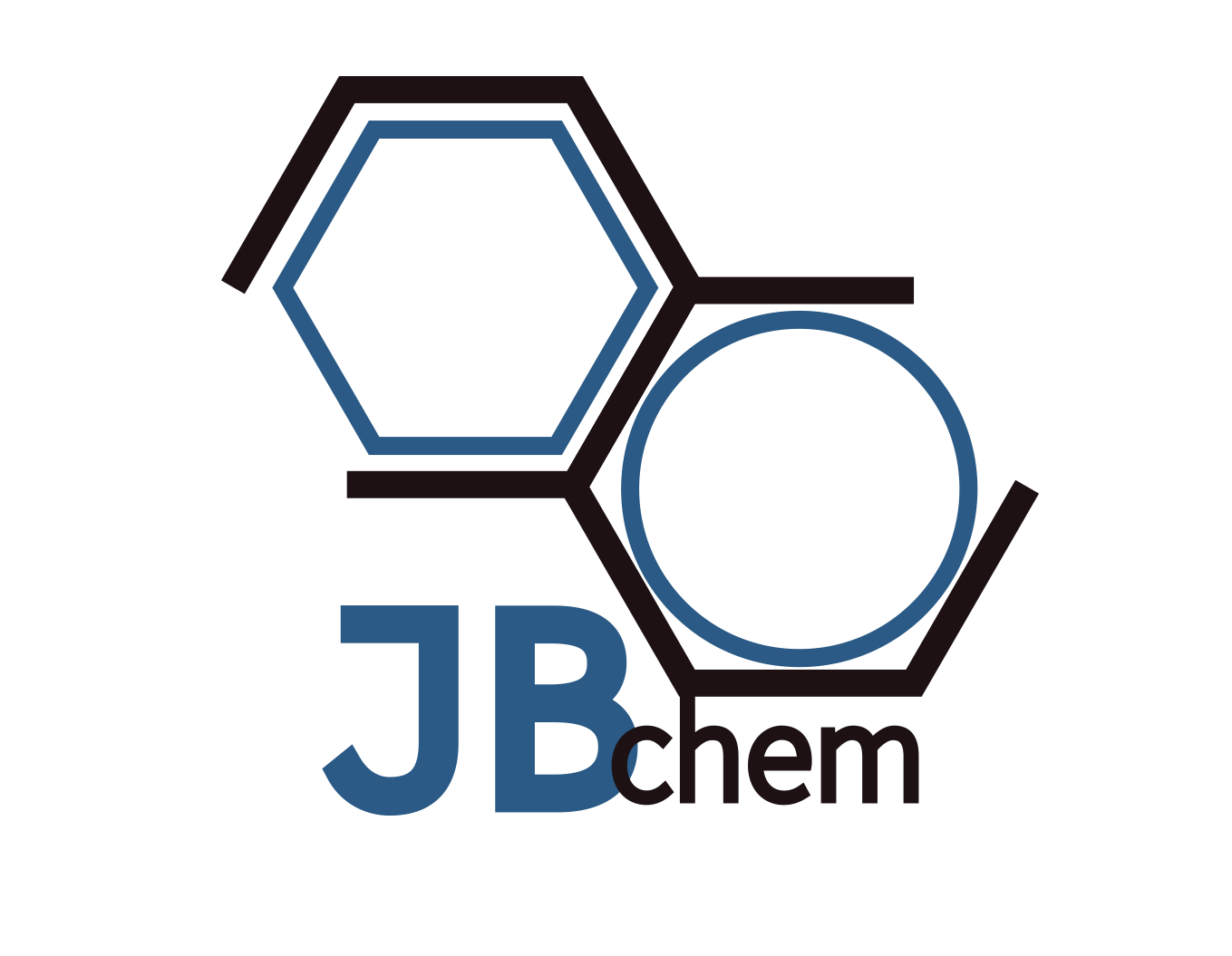Product Properties
Formula: Ho2O3
Density: 3.86 g/cm3
Melting point: 2367°C
Appearance: Light yellow or yellow powder
Specification of Holmium Oxide
| Physical property | |||
| Appearance | Light yellow crystalline powder | Brand:JBNANO | |
| Purity | 99.9-99.99% | ||
| Average particle size (SEM) | <100nm; | ||
| characteristics | Insoluble in water, soluble in acids | ||
| Chemical components | |||
| TREO % | >99 | >99 | |
| Ho2O3/REO % | ≥99.9 | ≥99.99 | |
RARE EARTH CONTENT /REO % | La2O3 | Totaly0.1 | <0.0011 |
| CeO2 | <0.0010 | ||
| Pr6O11 | <0.0010 | ||
| Nd2O3 | <0.0010 | ||
| Sm2O3 | <0.0010 | ||
| Eu2O3 | <0.0010 | ||
| Gd2O3 | <0.0010 | ||
| Tb4O7 | <0.0022 | ||
| Dy2O3 | <0.0030 | ||
| Er2O3 | <0.0030 | ||
| Tm2O3 | <0.0010 | ||
| Yb2O3 | <0.0010 | ||
| Lu2O3 | <0.0013 | ||
| Y2O3 | <0.0020 | ||
| LOI%,1h,Loss on ignition of 1000℃ | <1 | <1 | |
Application of Holmium Oxide
Optical Applications: Holmium oxide is used in the manufacturing of specialty optical glasses. It has specific light absorption bands in the visible and near-infrared regions, making it useful in calibrating optical instruments like spectrophotometers. These glasses can be used in devices that require precise control over light transmission and absorption characteristics.
Lasers: Ho₂O₃ is a crucial component in the doping of certain laser materials, such as yttrium aluminum garnet (YAG) crystals. Holmium-doped YAG lasers (Ho:YAG) operate in the infrared region, around 2.1 μm, and are used in medical procedures, including surgeries, because this wavelength is well absorbed by water and biological tissues, allowing for precise cutting with minimal heat damage to surrounding areas.
Colorants: Holmium oxide can produce striking colors in glass and ceramics, ranging from yellow to pink, depending on the lighting conditions and the presence of other additives. This makes it valuable in the glassmaking industry for creating decorative items and in ceramics for producing colored glazes with unique aesthetic properties.
Nuclear Reactors: The compound’s ability to absorb thermal neutrons makes it useful in nuclear applications, such as in control rods for nuclear reactors. Although not the primary material for this application, its properties can complement other neutron-absorbing materials in controlling the nuclear fission process.

